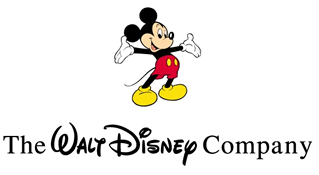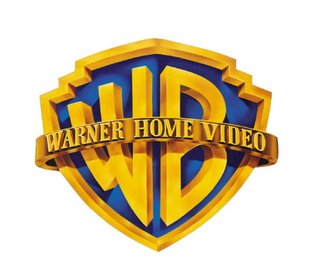Module 1- Practise Exams
'The Shawshank Redemption' DVD cover (1994)

'The Shawshank Redemption' is a prison break themed film, which was produced by Carlton and released on DVD in 1996. Carlton is not a popular film institution but it's success was and still is great. The purpose of a DVD cover is to attract, engage and inform the audience as much as possible,persuading them to purchase the DVD.
The title of the DVD is written at the top of the page, centered to engage the audience and gain as much acknowledgement due to the them always starting to read from the top of any page. The font is not bold but the colour contrasts with the background; the title being white and the background being black. The colours black and white are associated with the extreme past (or a long period of time), which emphasises to the audience the fact that this film is a remake of a true story.
There is a long shot of the two main characters Morgan Freeman and Tim Robbins centered on the DVD cover, which makes the audiece acknowledge that they are the two main characters in the film as well as revealing their dress code. There is a difference in type of clothing between Freeman and Robbins as the former's being ragged and old compared to the latter's representing a class division between the ethnicities: black and white; the white being socially and economically superior to black people. However, both Freeman and Robbins are preferably in the prison therefore class is not an important factor because they have now become dis-associated with the norm (or the outside world) where it would indeed matter. Freeman's clothes therefore, may infact be older than Robbin's simply because he may have spent a longer amount of time in the prison compared to Robbins. Another siginifier of this being the fact that Freeman is a lot more older than Robbins.
Adittionally, Freemans's facial gesture is a very big smile at Robbins suggesting intergration in the 20th century. on the other hand, Robbins is looking infront of himself, away from Freeman and he is not smiling back, showing hostility towards Freeman and again, this may be because of the difference in ethnicities or race. Another welcoming gesture of Freeman is the posession he has of a base ball glove and ball connoting enjoyment in the prison. This would juxtapose with the audience's idea of life in prison and so the image challenges their perception of prison life.
Through the hostility of Robbins, as he may not want to play Baseball, there is an idea of a serious and un-welcoming representation of white people specifically men as there is a lack of represenations of women.
Not only is it obvious that the images are of the men in Shawshank prison by the number of Freeman's shirt but also by the image behind them. This is also a long shot but this time of men working in a field; this being prison work. This is put togther by computer and the fact that it is behind Morgan and Freeman could show how they want to escape the prison work and the prison life.
The image is a brown colour connoting the past and a long period of time, similar to the colours of the title and background. Therefore, it could be an image taken when the real prisoner escaped Shawshank Prison, highlighting the Uses and gratifications theory- paticularly Blulmer and Katz's extention by which the audience consume a media text in order to relax as well as be eduacted. This DVD cover does both.
Violence is portrayed as well through the warden holding a gun in the image behind Robbins and Freeman suggesting the genre not only to be prison-break but ones such as thriller and adventure. This siginifies that the audience of the film would be of A/B socio-economic grading, who are middle aged and university educated for the reason that it is a true story and an independant audience would want to watch the film to be eduacted, with full knowledge that it is based on a true story.
The gun could, on the other hand, represent a phallic symbol but the themes presented on the DVD cover could disregard this idea. However, it is for this reason and the macho look of the film that the secondary audience would be teenagers to young adults of both male and female who would want to watch this film for entertainment- not particularly aspiring or knowing the fact that it is a true story.
The iconography of Freeman holding a baseball glove and the warden holding a gun juxtapose each other as baseball is associated with youth, enjoyment and innocense whereas a gun connotes danger, death and rebelliousness. This represents a difference of prioities as well as roles between the classes- the prisoner and the warden, perhaps suggesting a corrupt prison.
This DVD cover "The Shawshank Redemption" is trying to communicate a brief insight into the two main characters including their relationship towards each other as well as subtly portraying this idea of mixed of emotions in the prison. Through its mediated representations, it expresses the ideas of ethnicity, social intergration, prison life and prison expectations. It fully potrays to the audience the key idea of the film- being a prison break- as well as creating enigmas for the audience as to why Robbins has a hostile facial gesture.













 Paramount Pictures is also linked to Miramax because it is another of the top ten film motion picture distribution.
Paramount Pictures is also linked to Miramax because it is another of the top ten film motion picture distribution.




